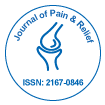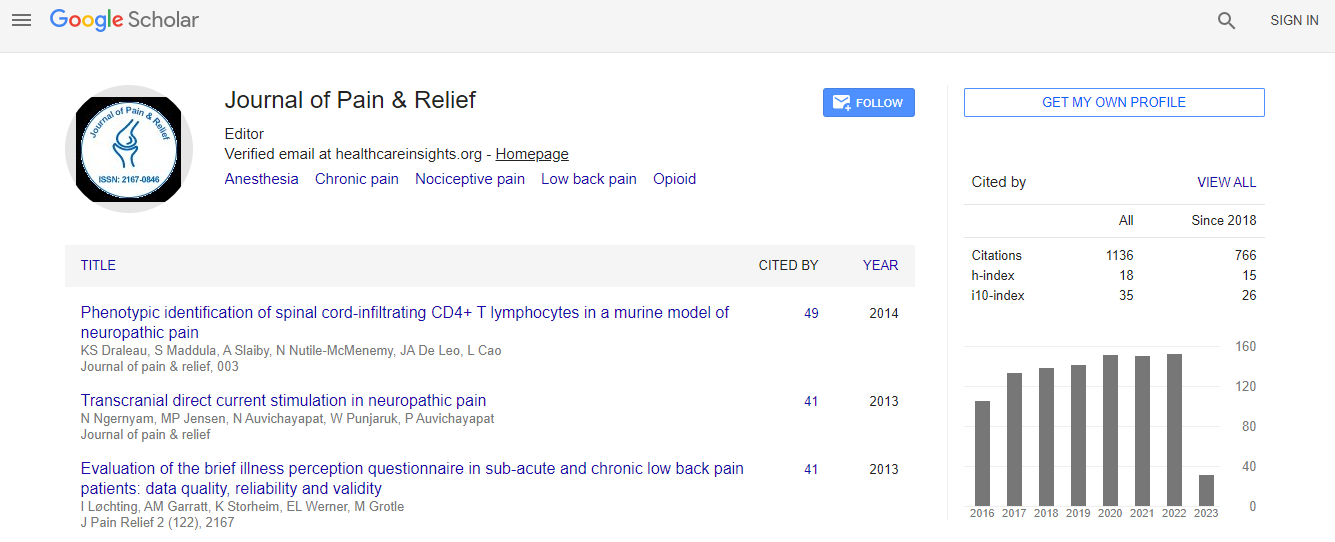Short Communication
Aetiology, Diagnosis and Management of Premenstrual Syndrome
| Khajehei M1,2* | |
| 1Research Coordinator, Karitane, Carramar, NSW, Australia | |
| 2Conjoint Lecturer, University of New South Wales, Sydney, Australia | |
| Corresponding Author : | Khajehei M Research Coordinator, Karitane, Carramar NSW, Australia, Karitane, PO Box 241 Villawood, NSW 2163, Australia Tel: +61 2 979 42344 Fax: +61 2 9794 2323 E-mail: mar_far76@ yahoo.com |
| Received June 22, 2015; Accepted July 25, 2015; Published July 27, 2015 | |
| Citation:Khajehei M (2015) Aetiology, Diagnosis and Management of Premenstrual Syndrome. J Pain Relief 4:193. doi:10.4172/21670846.1000193 | |
| Copyright: © 2015 Khajehei M. This is an open-access article distributed under the terms of the Creative Commons Attribution License, which permits unrestricted use, distribution, and reproduction in any medium, provided the original author and source are credited. | |
| Related article at , | |
Abstract
is a combination of physical and emotional disturbances that occur after a woman ovulates and ends with menstruation. More than 200 symptoms have been known as the symptoms of PMS. About 20-80% of women of reproductive age experience these disturbing symptoms. A more severe form of PMS, known as premenstrual dysphoric disorder (PMDD), occurs in a smaller number of women (2-6%) and leads to significant loss of function because of unusually severe symptoms. Biological, psychological, environmental and social factors all seem to play a role in the onset of PMS. Several diagnostic tools and approaches have been suggested to facilitate the recognition of the PMS. A thorough medical history should be obtained and careful physical and pelvic examinations should be conducted. In addition, having a menstrual diary can help better diagnose the onset and end date of the symptoms. Although there seems to be no ultimate cure for PMS, there are many options available to better manage the signs and symptoms.

